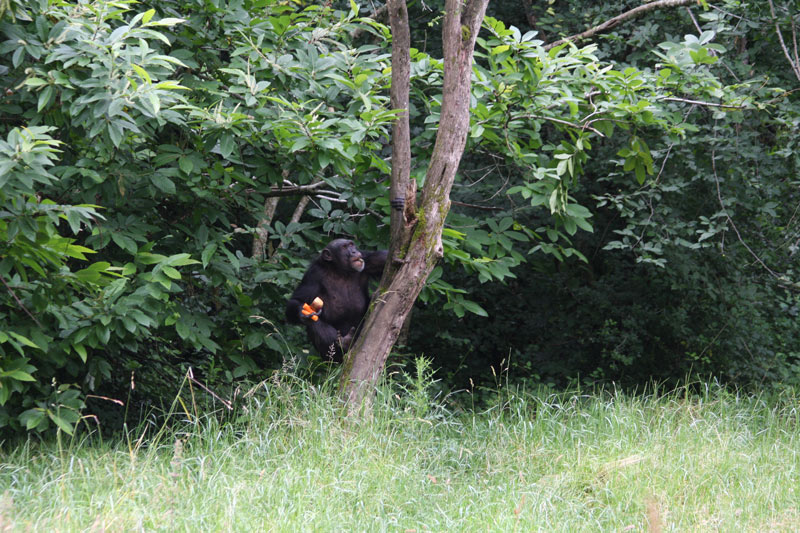What are the biomechanical features associated with the Lomekwian and Oldowan stone tool reductions?
Can we identify anatomical prerequisites associated with those techniques?
Can these traits be identified on fossil hominins?
What are the biomechanical features associated with the Lomekwian and Oldowan stone tool reductions?
The goal is twofold and consists in 1) comparing the biomechanics of both upper limbs involved during the stone reduction methods recognized at LOM3 and during the Oldowan and 2) studying the temporal coupling of hand actions during stone knapping. This task relies on using the technological platform “HUMANS” (HUman Movements ANalysis and Simulations) of UPR 3346 Pprime (CNRS, University of Poitiers). The completion of this goal will provide a thorough comparison of both the physical demands of the Lomekwian and Oldowan knapping techniques.
Can we identify anatomical prerequisites associated with those techniques?
The goal is to compare the anatomical prerequisites associated with the three techniques with locomotor demands. To do that, we will record forces and pressure data (from an instrumented pole especially built for the experiments on captive chimpanzees (La Vallée des Singes zoo) and compare them to similar data recorded during tool production. The putative advantage provided with anatomical features (e.g. phalanges length, carpals mobility, etc.) will be challenged through computer simulations that enable the testing of “what if” scenarios based on the modulation of biomechanical parameters. The ultimate goal is to test if the stone tool production techniques that evolved (Lomekwian to Oldowan) could be related to an evolution of biomechanical characters and whether the evolution of locomotor behaviours could have played a role.
Can these traits be identified on fossil hominins?
We will investigate morphological variation of Plio-Pleistocene hominin (Australopithecus, early Homo and Paranthropus) upper limb bones in order to distinguish sets of characters that are functionally associated with human-like manipulation and/or other behaviors, such as retained arboreal locomotion. Comparative studies will focus on determining the functional basis of derived traits unique to humans (presumably indicating selection for manipulatory ability) versus those unique to non-human apes (presumably indicating selection for locomotor ability) and versus those morphologies that represented retained primitive traits shared by both groups.
Main collaborators
- Guillaume Daver (Univ Poitiers, UMR7262 – Palevoprim):
Paleoanthropology, 3D shape analysis, Biomechanics in nonhuman primates,
Coordinator “Task 4”
Contact : guillaume.daver@univ-poitiers.fr - Mathieu Domalain (Univ Poitiers, UPR3346 – Pprime)
Human biomechanics, kinematics, kinetics, upper limb functional morphology - Michel Brenet (Univ. Bordeaux, UMR5199– PACEA/INRAP)
Archeologist, expert demonstrator, - Jean-Pascal Guéry (Vallée des Singes)
Ethologist, curator and director of the “Vallée des Singes” - Alicia Blasi-Toccacceli (Master 2, CNRS/ HOMTECH contract)
Biomechanical simulation - Robin Macchi (Master 2, CNRS/ HOMTECH contract)
Kinematic and electromyographic analysis - Andrea Boutet (Licence 3, undergraduate student)
Ethology - Thibaud Calame (Licence 3, undergraduate student)
Ethology - Malina Suchon (Licence 3, undergraduate student)
Ethology - Thomas Weber (Licence 3, undergraduate student)
Ethology











